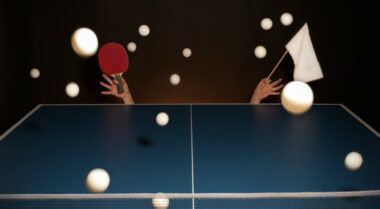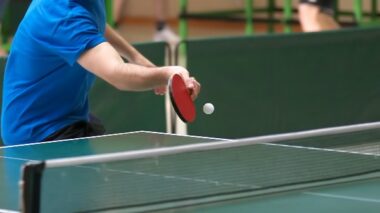Defeated by KenSpin
I had my latest humbling experience yesterday during a county veterans match. I was outclassed and defeated by a pusher. Yes, that’s right. I lost 3-0 to a player who stands close to the table and likes to push, push, push. He is also able to play decent topspin lobs away from the table. But it wasn’t the lobs which I found difficult. It was the pushes. Keep reading










